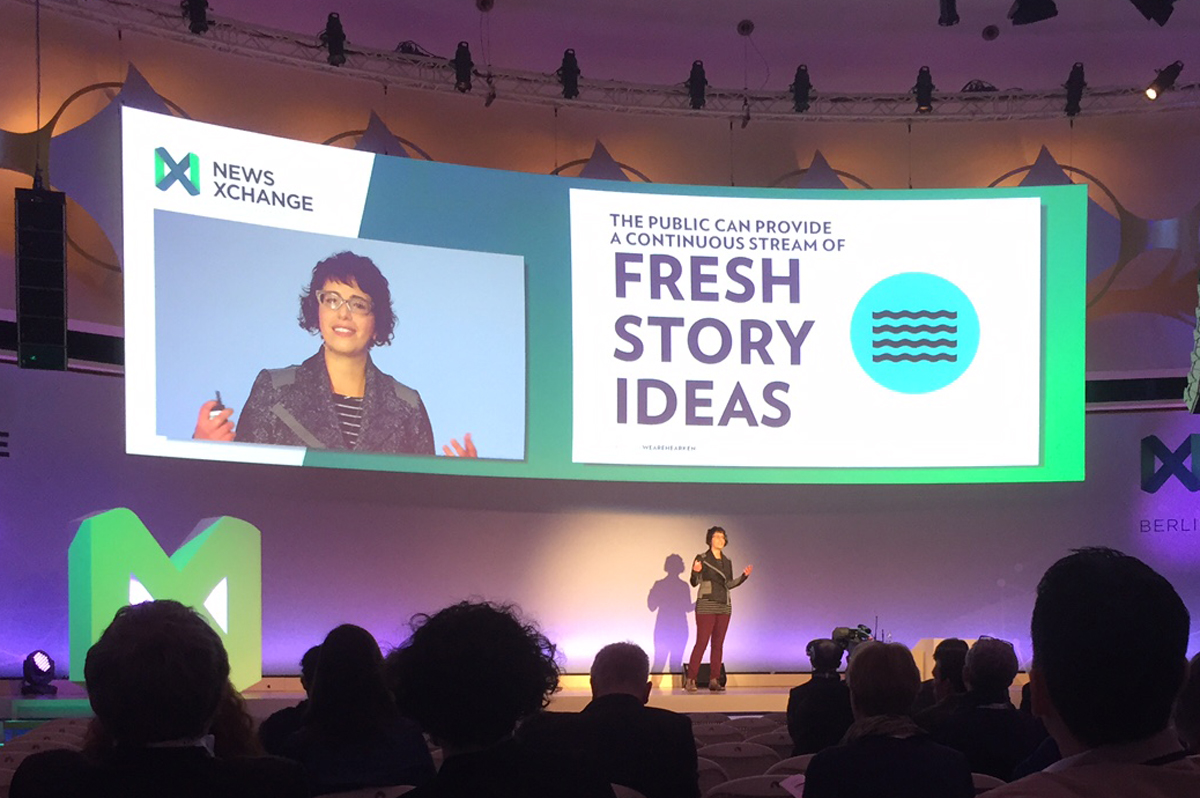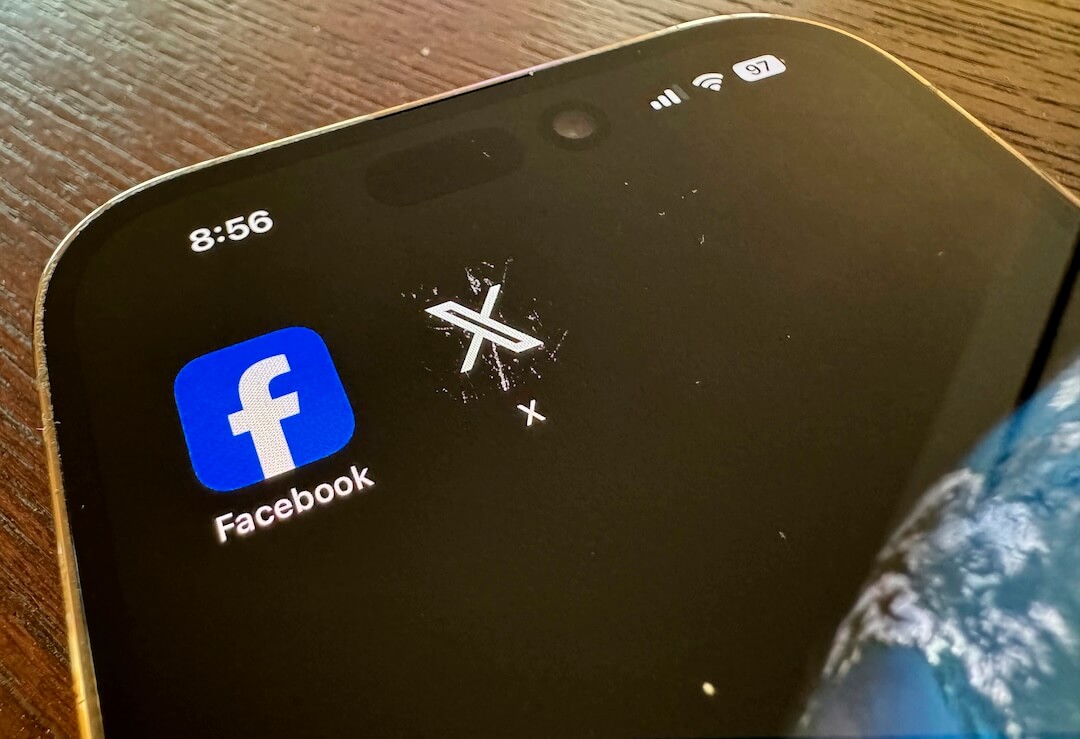You might be thinking backward if your newsroom sticks to the following formula:
- Editors sit around and decide which stories should be told.
- Those stories are then assigned to reporters, who call up their usual sources for information.
- Then, reporters write up a story to their editors’ specifications, a story that’s published in its final form all at once.
That’s according to Jennifer Brandel, who’s built a business aimed at busting open this top-down model of journalism — a model that’s practiced by news organizations all over the world.
“I think one of our biggest challenges is people in newsrooms having a fundamental disdain for their audience, or feeling like they don’t have anything of value to say,” Brandel said. “Getting people to understand that there’s a huge value in their audiences, that there are kind and intelligent people who would love to participate if you gave them forums to do so.”
Brandel is the founder of Hearken, a company that sells a platform for reader engagement to journalists across the United States and abroad. The idea behind Hearken might best be boiled down to a simple question: What if a newsroom treated its audience as a fount of story ideas rather than a faceless group of people consuming articles conceived and crafted by journalists? Brandel is convinced that audiences are an indispensable reporting tool, and she’s building a business around that idea.
She isn’t alone. In December, Hearken announced it had raised $700,000 in a seed funding round from multiple undisclosed investors. Brandel plans to use the money to double Hearken’s staff in order to meet rising demand among news organizations that want to experiment with audience-driven storytelling.
The new investment represents the beginning of a new phase for Hearken, which began in 2012 as Curious City, an audience engagement project from Chicago public radio station WBEZ. Brandel, then a contract worker at WBEZ, was chosen and funded as part of AIR’s Localore initiative to take her idea for Curious City and experiment. Under the Curious City model, readers submit story ideas — questions, really — through an online form for consideration. Readers vote on the best questions, and the winner is singled out as a candidate for further investigation by the news organization.
When other outlets expressed interest in establishing similar projects, she began considering expanding the model beyond Chicago. The result: Curious Nation, an early prototype for the company that would eventually become Hearken. Her fledgling enterprise was accepted to the Matter startup accelerator program in the Bay Area. There, it germinated into a full-fledged business selling its primary product, the audience engagement software, to newsrooms for $6,000 annually.
That was in June. Since then, Brandel has brought aboard additional staffers (for a total of six full-timers) and sold Hearken’s software to about 40 newsrooms around the world. Originally, many of those customers came from public radio, but Hearken has since diversified its client roster to include television broadcasters, newspapers and digital-only websites. Its clients now encompass six countries across four continents and four languages.
“We have a line out the door,” she said. “We have a lot of demand, and we don’t have a lot of people to meet that demand.”
The stories proved popular, according to Brandel. In a July 2015 interview with Fast Company, Brandel said San Francisco’s KQED produced stories using Hearken that got 11 times as many pageviews as the outlet’s median stories.
The first priority for the new money will be hiring community managers and business development staffers, people who can bring aboard new clients and help existing ones manage their relationships with their respective audiences. At the moment, users can’t begin using Hearken without help from one of the company’s staffers, so some of the new hires will be responsible for getting clients up and running with the product. By the end of 2016, Brandel hopes to have between 10 and 15 staffers full-time staffers.
Hearken’s early success has coincided with — and is a part of — a recent surge in the popularity of a genre of journalism concerned with breaking down traditional walls between reporters and their audiences. This brand of reporting, which has been called “discovery journalism,” has its roots in the personal, questing reportage of New Journalism pioneered by the likes of Gay Talese and Tom Wolfe in the 1960s and has manifested in the last two years with breakout hits like “Serial” and “Mystery Show.” Both programs are concerned with showing audiences how and why reporters gather their facts and give listeners a front-row seat as editors and producers try to make sense of them.
In much the same way, Hearken opens up the reporting process to scrutiny from listeners and viewers. Viewers have some degree of control over which stories get told. And a forthcoming tool from Hearken, the Reporter’s Notebook, will allow journalists to share the results of their investigations by way of a public journal.
“The idea is that journalists can choose to compose the stories as they’re working on them, bit by bit,” Brandel said. “It’s almost like a micro newsletter — micro updates — for people who are really gunned about a certain topic or certain question that’s being answered. They can follow along as the reporter finds the answers, and the reporter can share things that would end up on the cutting-room floor.”
If the next year goes well, Brandel and her colleagues hope they don’t have to take money from investors again. Rather than accept tons of cash from venture capitalists to build a massive business over a long period of time, Brandel is aiming to create a profitable company within the next year without any more fundraising rounds.
The biggest obstacle to that goal isn’t a technical one. Rather, it’s convincing newsrooms to rethink the mindset that has governed journalism for decades: Editors and reporters talking to one another and making coverage plans without asking the audience members what they want to see or hear, Brandel said.
“That is our big nemesis, and it’s hard to tackle on a newsroom-by-newsroom basis.”
Correction: A previous version of this story said Brandel was an employee of WBEZ when she created Curious City. In fact, she was a contract worker.






